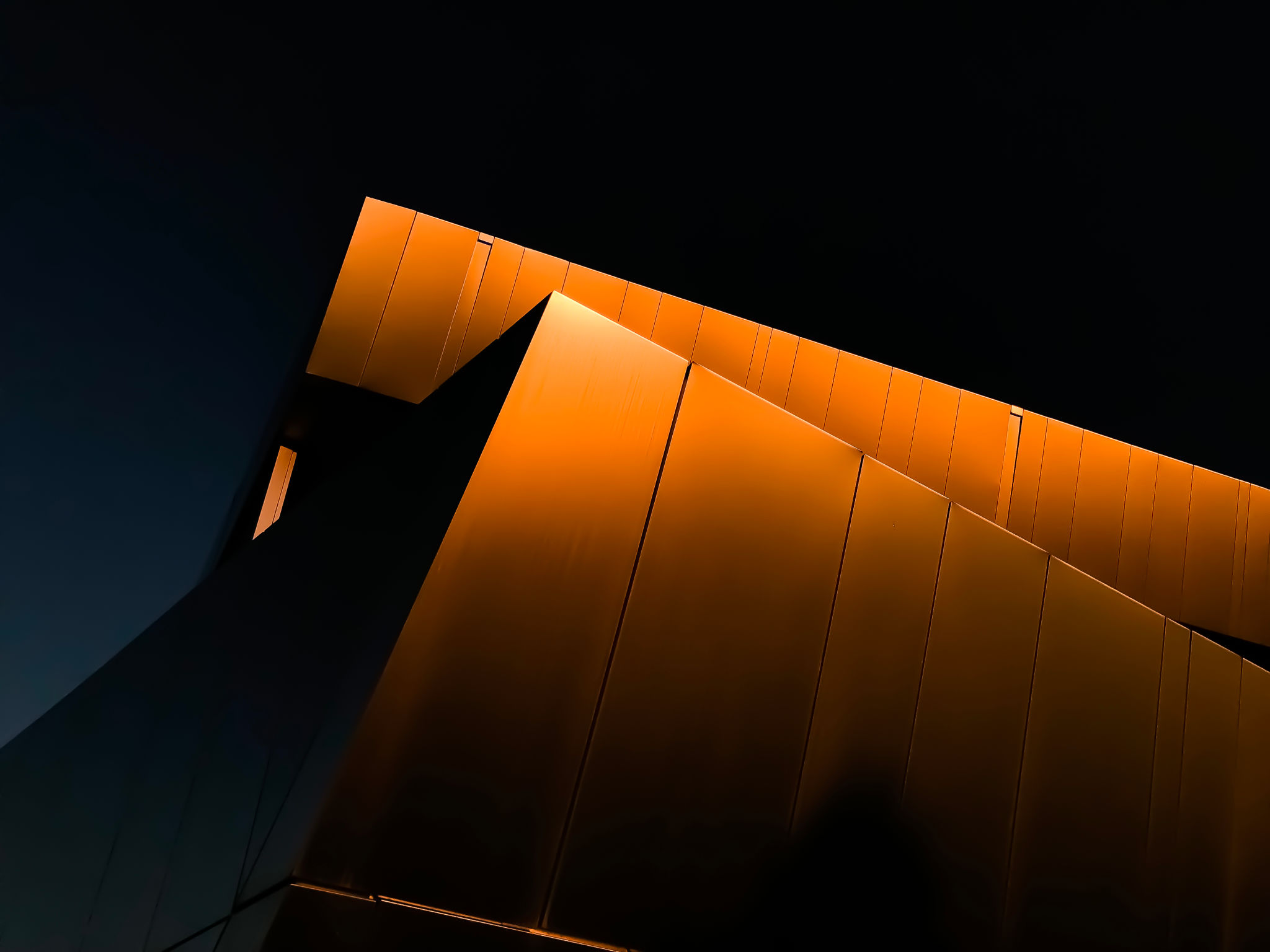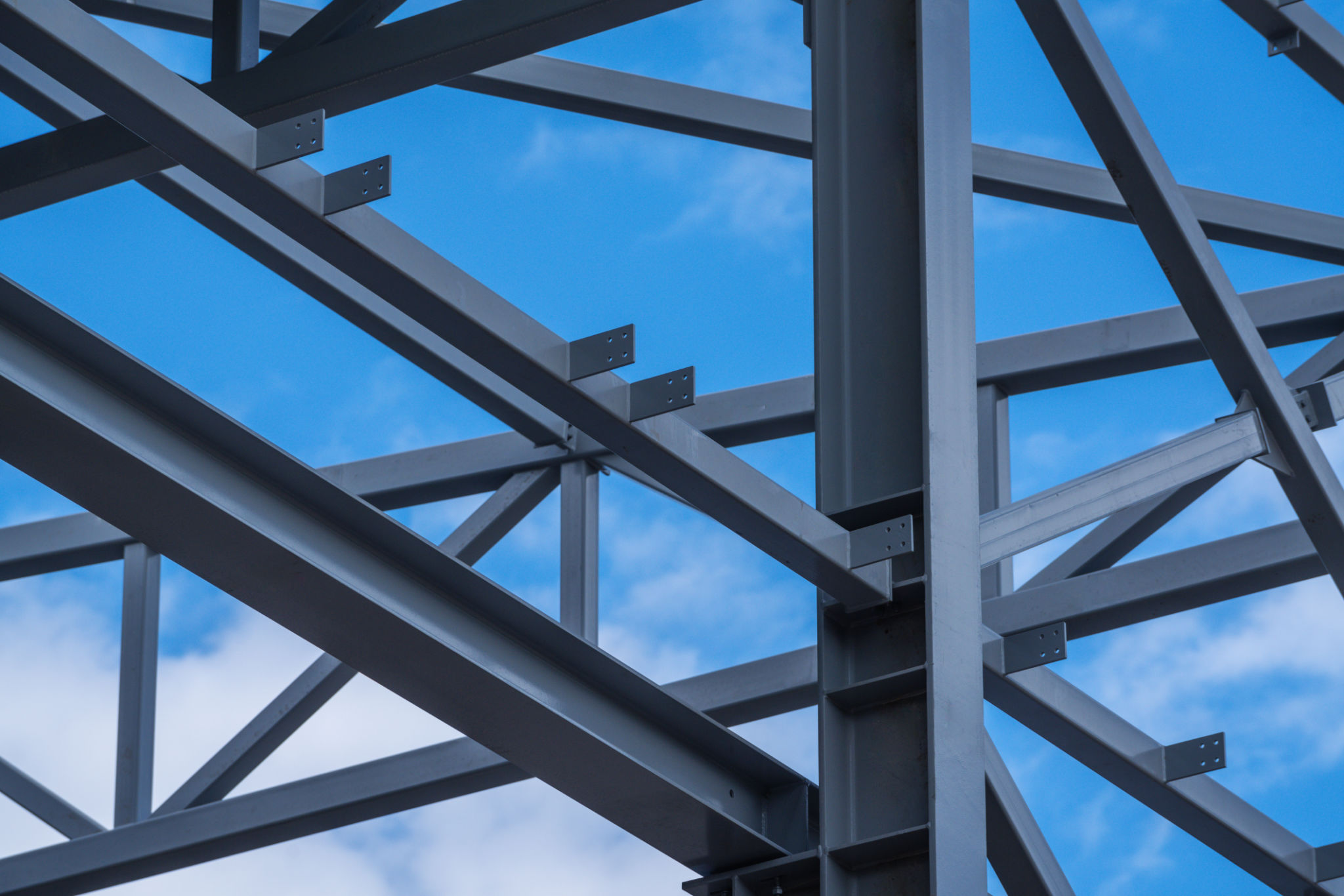Common Misconceptions About Metal Buildings Debunked
Introduction to Metal Buildings
Metal buildings have become increasingly popular across various industries due to their durability, cost-effectiveness, and versatility. Despite their many benefits, several misconceptions persist, potentially deterring individuals from considering them as a viable option. In this blog post, we aim to debunk some common myths surrounding metal buildings.
Misconception 1: Metal Buildings Are Unattractive
One of the biggest misconceptions is that metal buildings are unattractive and lack aesthetic appeal. However, modern metal buildings offer a wide range of design options that can enhance their appearance. From different colors and finishes to architectural elements, these structures can be customized to suit individual preferences and blend seamlessly with existing environments.

Customization Options
With advancements in technology, metal buildings can be designed with various features such as windows, doors, and facades, allowing for a personalized touch. The use of decorative elements like wood cladding or brick veneers can also add to their visual appeal, making them suitable for both residential and commercial purposes.
Misconception 2: Metal Buildings Are Not Durable
Another common myth is that metal buildings are not durable or strong enough to withstand harsh weather conditions. In reality, metal structures are known for their strength and resilience. They are designed to endure extreme weather events such as heavy snow, strong winds, and even earthquakes.
Weather Resistance
Metal buildings are often made from steel, which is one of the strongest construction materials available. These buildings are treated with coatings that prevent rust and corrosion, ensuring longevity and minimal maintenance requirements. Additionally, their fire-resistant properties add another layer of protection.

Misconception 3: Metal Buildings Are Limited in Functionality
Many people believe that metal buildings are only suitable for industrial use or as simple storage solutions. However, they are incredibly versatile and can be adapted for various uses including homes, offices, schools, and recreational facilities. The adaptability of metal buildings makes them a practical choice for numerous applications.
Versatile Applications
Some common uses of metal buildings include agricultural barns, warehouses, aircraft hangars, and retail spaces. Their modular design allows for easy expansion and modification, providing flexibility as needs change over time. This versatility makes them an attractive option for many different sectors.

Misconception 4: Metal Buildings Are Noisy
A prevalent concern is that metal buildings are noisy during rain or hail storms. While it’s true that metal can amplify sounds, modern construction techniques have addressed this issue effectively. Insulation plays a key role in soundproofing metal structures.
Sound Insulation Solutions
By incorporating high-quality insulation materials and soundproofing techniques during the construction phase, noise levels can be significantly reduced. This ensures a quiet and comfortable interior environment regardless of the weather conditions outside.
Conclusion
Metal buildings offer numerous benefits that make them an excellent choice for a wide range of applications. By debunking these misconceptions, it becomes clear that they are not only attractive and durable but also highly versatile and functional. As more people become aware of the advantages offered by metal structures, their popularity is likely to continue growing.
